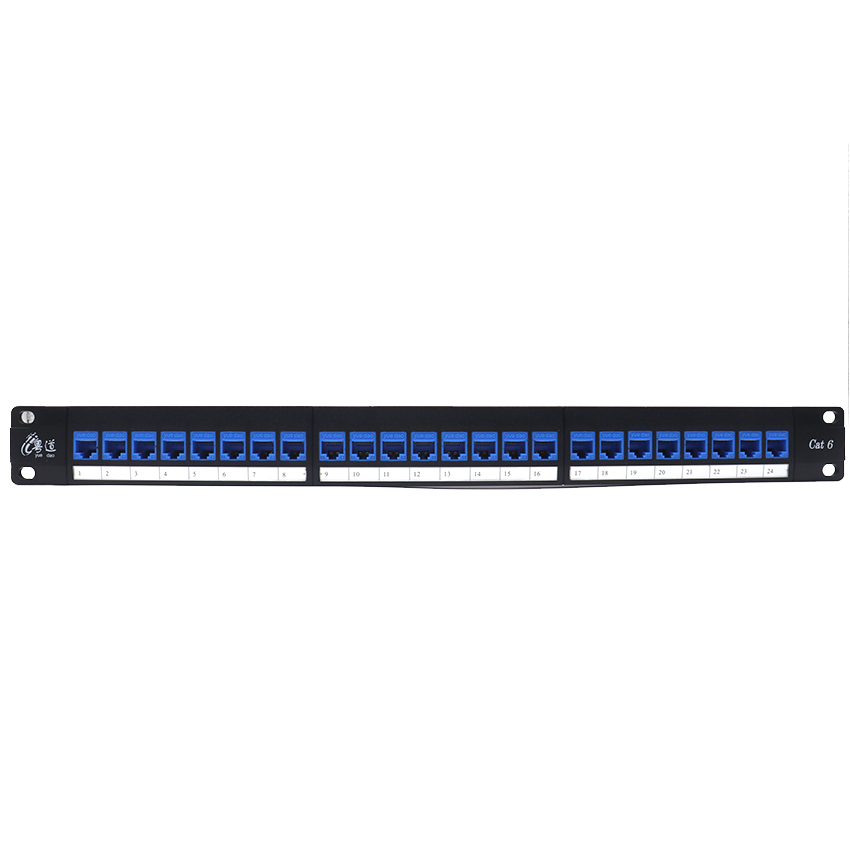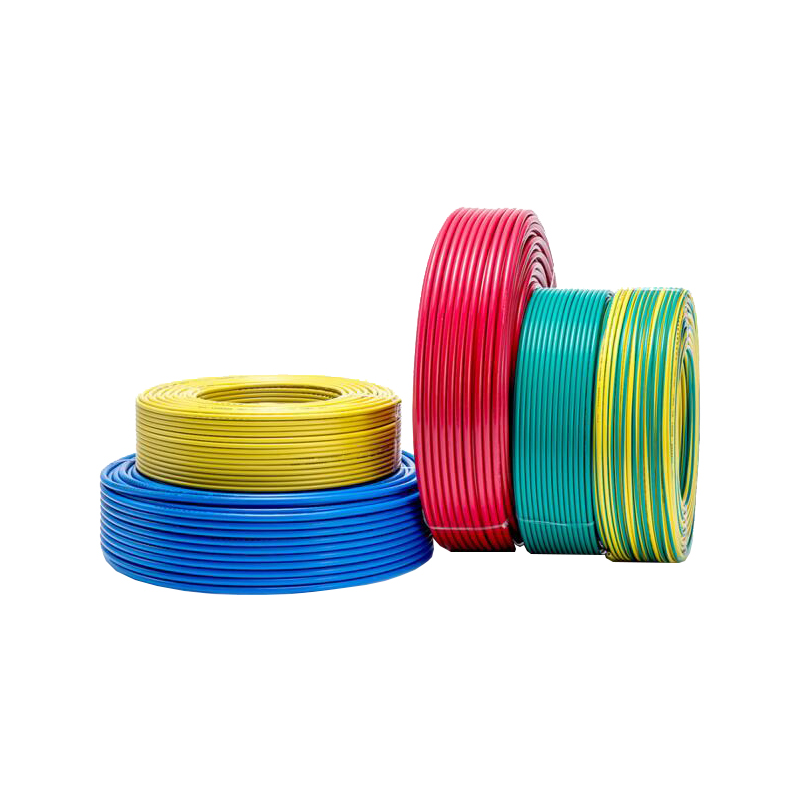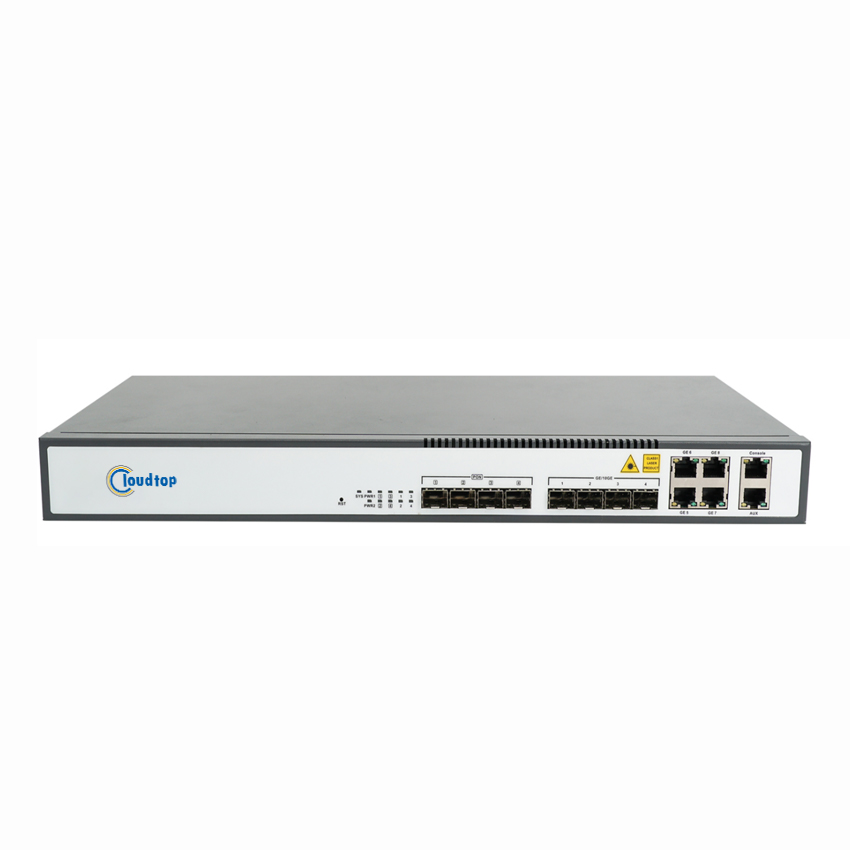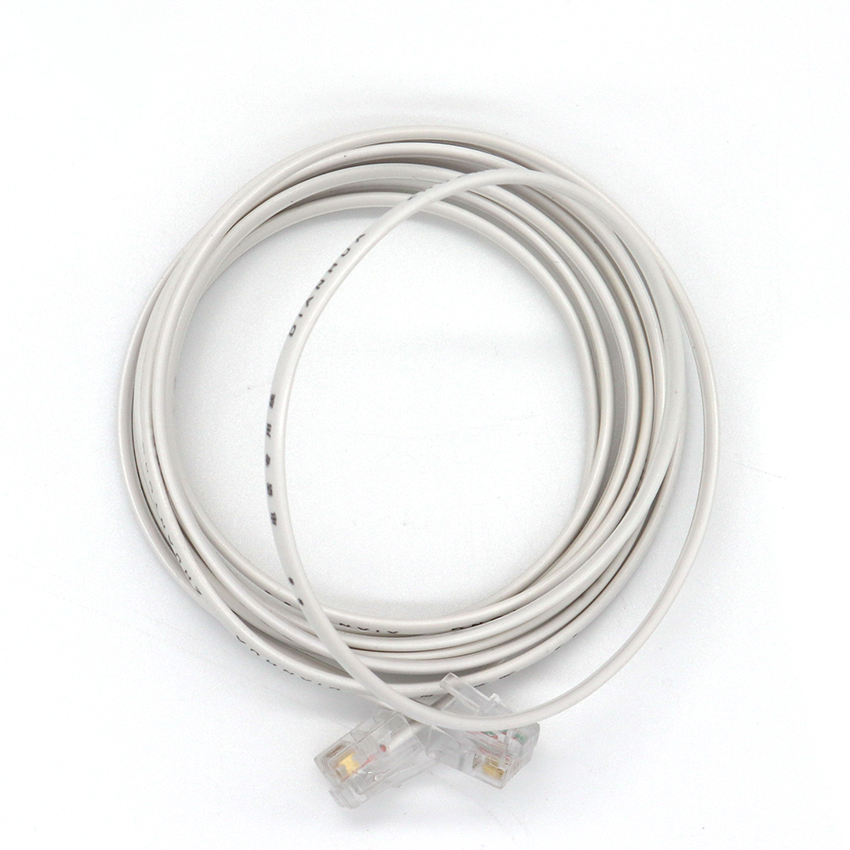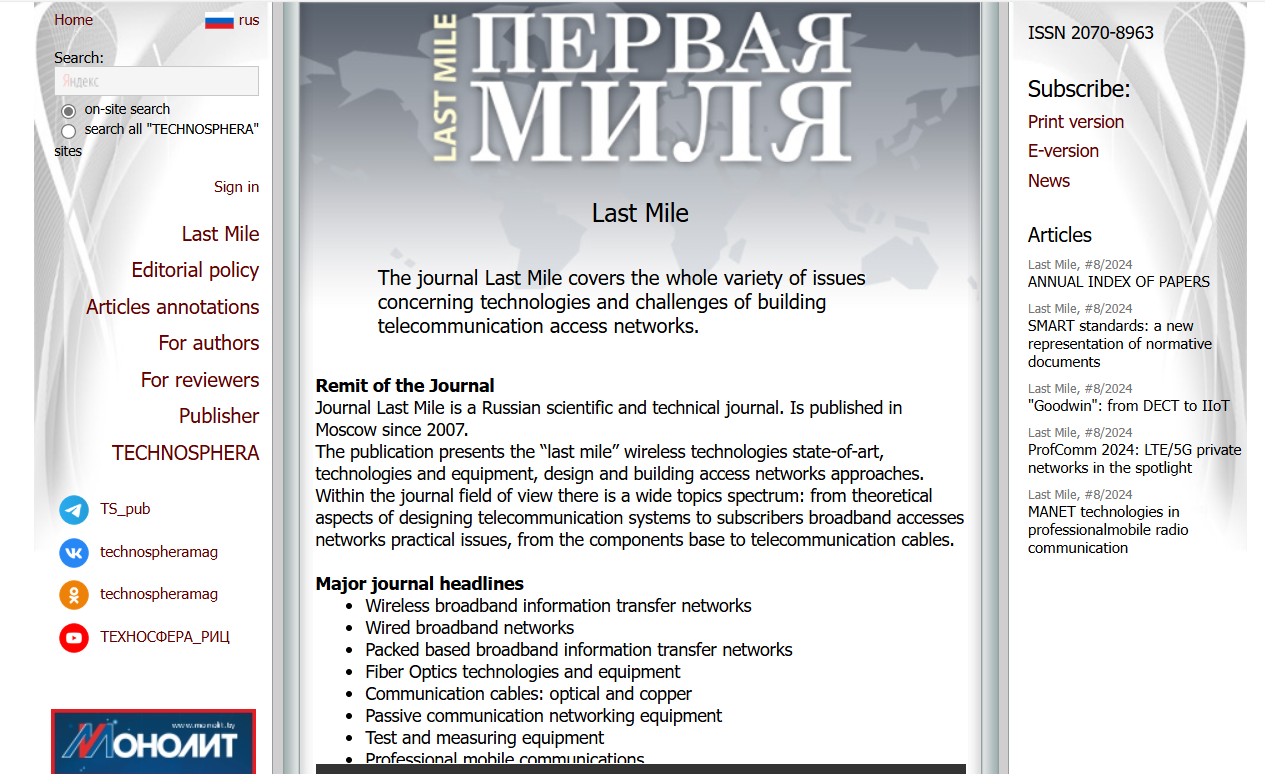Let's talk about the problems that should be paid attention to when laying Ethernet cat6 cables.
When doing intelligent engineering, the integrated wiring system is essential.
In the integrated wiring system, ethernet cat6 cable are widely used in integrated services. As we all know, the transmission rate of Category VI line is much higher than the high-speed bandwidth of Category V, and the transmission loss is small. Category VI line has many advantages. Category VI cabling system can provide 2.5 times higher bandwidth than Category V, and 300% higher ACR value at 100MHz than Category V. Now, many places begin to use six kinds of network cables for data and monitoring system wiring transmission. The application range of Class VI cables is also very extensive. Let me tell you what problems should be paid attention to in laying six types of cables.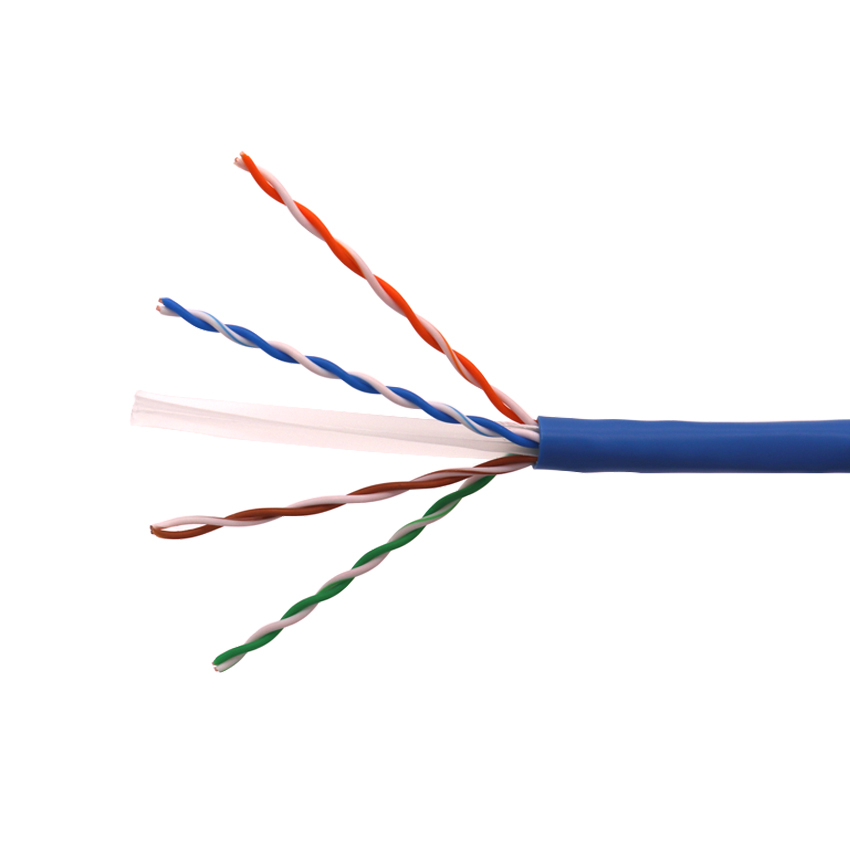
1. The weight of Category VI cables is about twice that of Category V cables. When using suspension wires to support cables, the weight of cables must be considered. It is recommended that each suspension line support point support a maximum of 24 cables per bundle.
2. When any number of cables are bundled together with a long parallel length, the capacitive coupling of different cables in the bundled cables with the same twist distance will lead to a significant increase in crosstalk, so the length of parallel cables should be minimized.
3. At the cable termination point, the lay distance of each cable pair should be as close to the data center as possible.
4. Do not exceed the cable tension specified by the cable manufacturer, so as not to seriously affect the structural return loss of the cable.
5. When pulling out the cable from the reel, be aware that the cable may sometimes be knotted. If the cable is knotted, it should be regarded as cable damage and the cable should be replaced.
6. On the cable termination point, the exposed pairs from the skin to the data center after termination must be kept to a minimum. There is no need to peel off the cable sheath, and the wires can be directly connected to the data center.
7. Avoid excessive cable bending. In general, the bending radius of the cable shall not be less than 8 times of the installed cable diameter. For typical category six cables, the bending radius should be greater than 50mm.
8. Avoid making the cable tie belt too tight and compressing the cable. Too tight cable will deform the twisted wires inside the cable, which will affect its performance, and generally make the return loss more obviously unqualified.
These are some problems that should be paid attention to in laying six types of cables. The construction of six types of wiring systems must be carried out according to the specifications required by international standards. Unreasonable pipeline laying, nonstandard installation steps and inadequate management system will all affect the test results (including physical and electrical properties) of six types of wiring, and some of them will become irreparable faults, and even a new link can be laid to replace them. Do you know more about this?
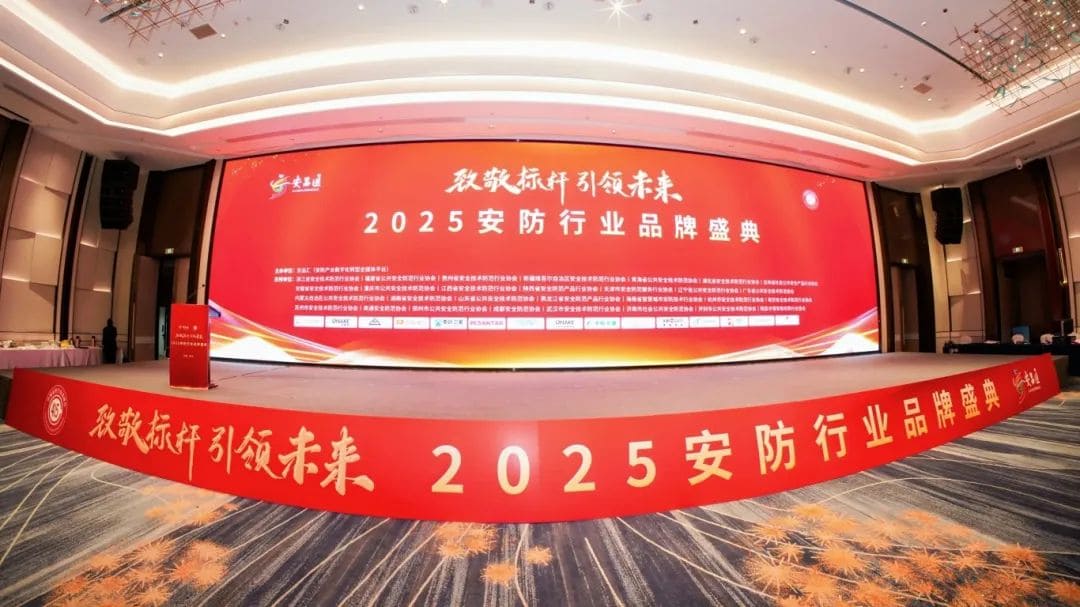 Yuedao Crowned "Top 10 Brands in China’s Security Industry – Cabling Solutions 2025"
Yuedao Crowned "Top 10 Brands in China’s Security Industry – Cabling Solutions 2025"
 sviaz 2025 MOSCOW exhibtion review
sviaz 2025 MOSCOW exhibtion review
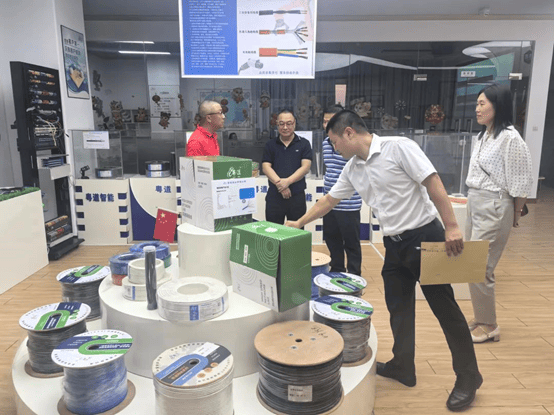 Goverment leader visit YUEDAO factory and discussed a new chapter in the development of the company
Goverment leader visit YUEDAO factory and discussed a new chapter in the development of the company
 SVIAZ 2025 Moscow - invitation letter
SVIAZ 2025 Moscow - invitation letter
invitation letter from 15years cable and wires factory of China.
ЮЭДАО (CLOUDTOP CABLE) ПРИГЛАСИТЕЛЬНОЕ ПИСЬМО ДЛЯ УЧАСТИЯ В ВЫСТАВКЕ SVIAZ 2025 ,
15 лет завод по производству кабеля и проводов, ожидая увидеть вас в ближайшее время в Москве

